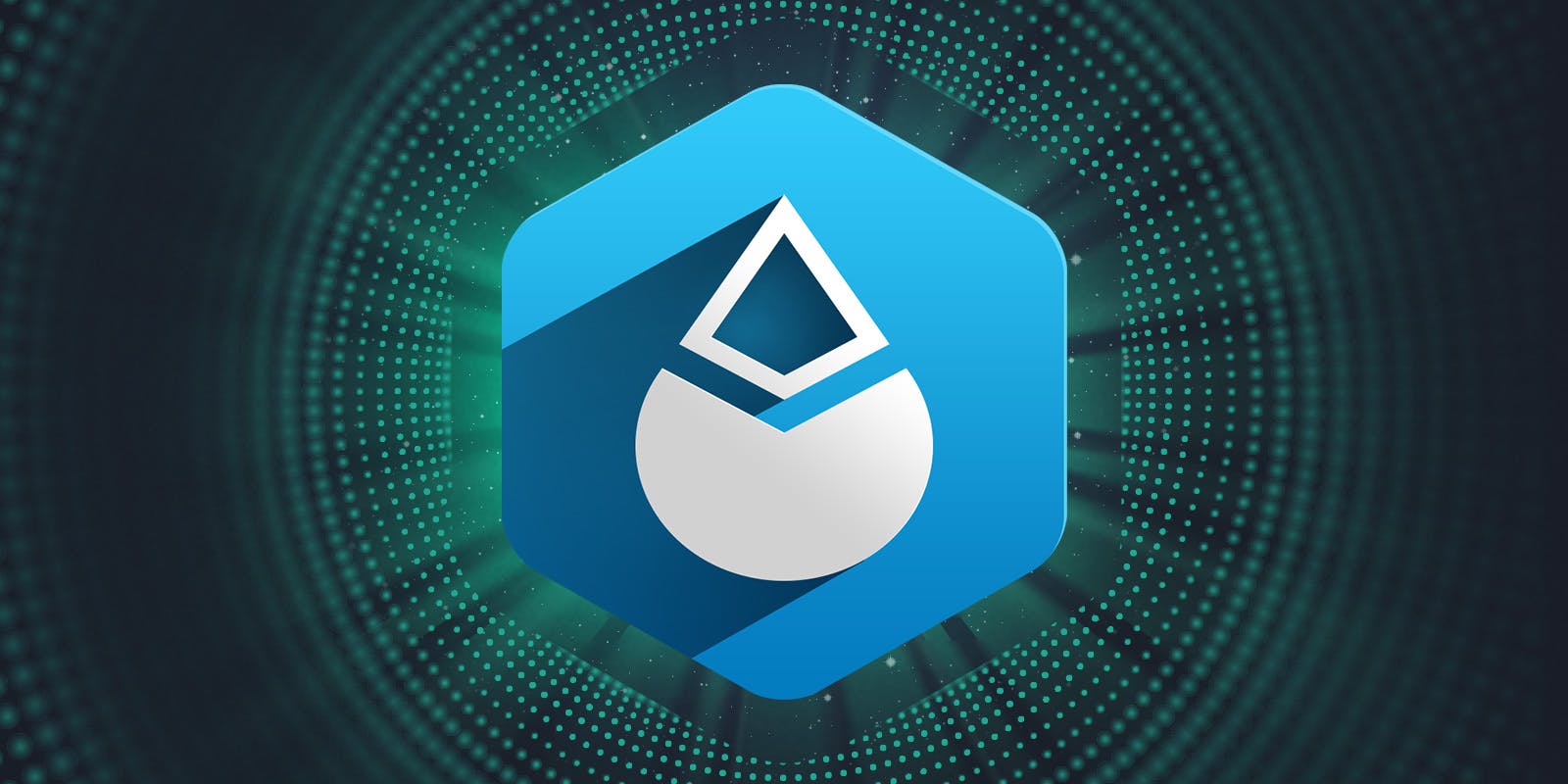What is Lido DAO (LDO)?
Lido is a DAO (decentralised autonomous organisation) that provides a liquid staking service for Ethereum 2.0 and other proof of stake( POS) blockchains, including Solana (SOL) , Polygon (MATIC) , Polkadot (DOT) , and Kusama (KSM). LDO is the native utility token that Lido DAO uses for granting governance rights, managing fee structures and distribution, and governing the addition and removal of Lido node operators.
Lido DAO allows users to stake their tokens and earn rewards without having to lock or maintain the staking framework. Lido enables users to stake Ethereum with no minimum deposits or maintenance of infrastructure. In this way, users can participate in on-chain activities such as compound returns and lending.
Who Are the Founders of Lido?
Lido DAO members include Semantic VC, ParaFi Capital, Libertus Capital, Terra, Bitscale Capital, StakeFish, StakingFacilities, Chorus, P2P Capital and KR1. Lido has several important angel investors, including Stani Kulechov of Aave, Banteg of Yearn, Will Harborne of Deversifi, Julien Bouteloup of Stake Capital and Kain Warwick of Synthetix.
When was it launched?
Launched in December 2020, just a few weeks after Ethereum 2.0’s Beacon Chain, the backbone of Ethereum’s proof of stake (POS) network went live. Lido (LDO) was conceived as a solution to some of the technical and operational barriers to staking on the Ethereum blockchain.
The Problem it aims to solve?
There are several challenges with staking on the Ethereum blockchain. Users can only stake multiples of 32 ETH. A degree of technical expertise is needed in order to stake. Also, the staked ETH are locked with the initial phase of ETH 2.0 and cannot be used in other protocols.
Users cannot access or un-stake their assets until the lock-up period is over. This stops them from being able to earn additional yields from other DeFi protocols on the market. The complicated validator system and barriers to entry make it difficult for individual and retail users to navigate.
What is stETh?
It is a tokenised version of staked assets that Lido uses to provide liquidity to users for their staked PoS tokens. The stETH tokens are minted when assets are deposited into the Lido staking pool and are burned when users withdraw their ETH tokens. In this way, users can earn staking rewards on Lido AND take part in other DeFi on-chain activities for more yields. stETh is pegged 1:1 to the underpinning staked assets.
The Solution it proposes
Lido aims to solve these issues by offering non-custodial staking services that differ from staking services provided by exchanges. Users receive daily rewards for staking Lido in the form of staking derivative tokens like sEth. The stETH tokens are minted when funds are deposited into the Lido staking pool and will be burned when users withdraw their ETH tokens. The capital inefficiency problem is solved by issuing stETH, the tokenised version of staked ETH.
When ETH is deposited by users, it is split into sets of 32 ETH among active Lido node operators, who use a public validation key to validate transactions that involve users’ staked assets. The use of multiple validators eliminates the single-point-of-failure risks that are associated with single-validator staking.
You can invest in Lido DAO (LDO) using the SwissBorg app !
